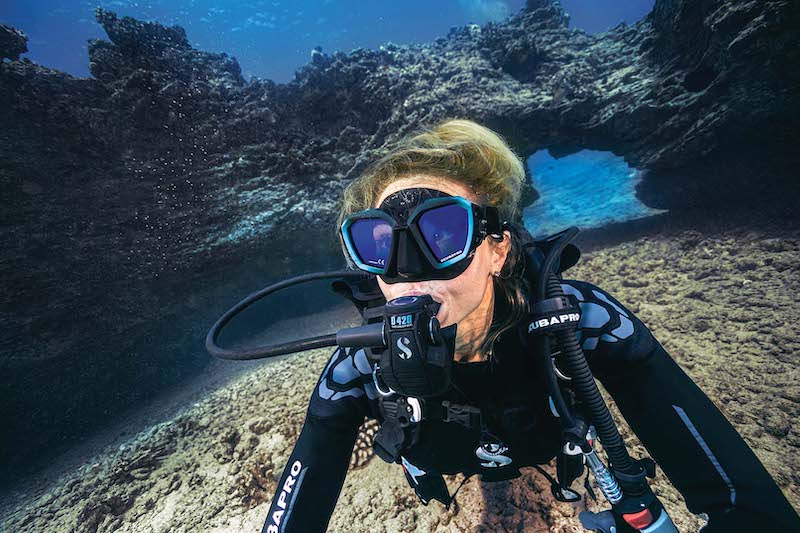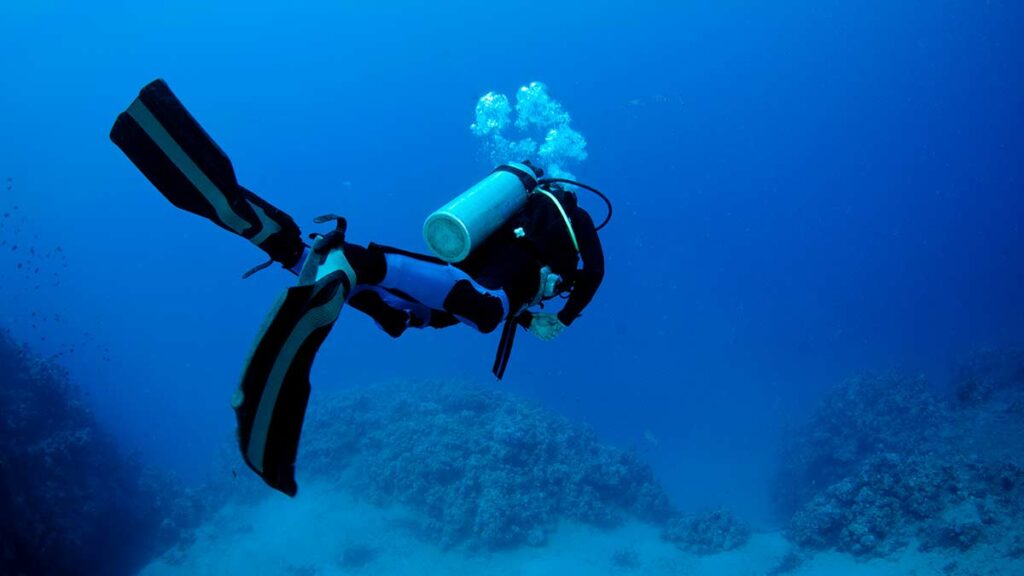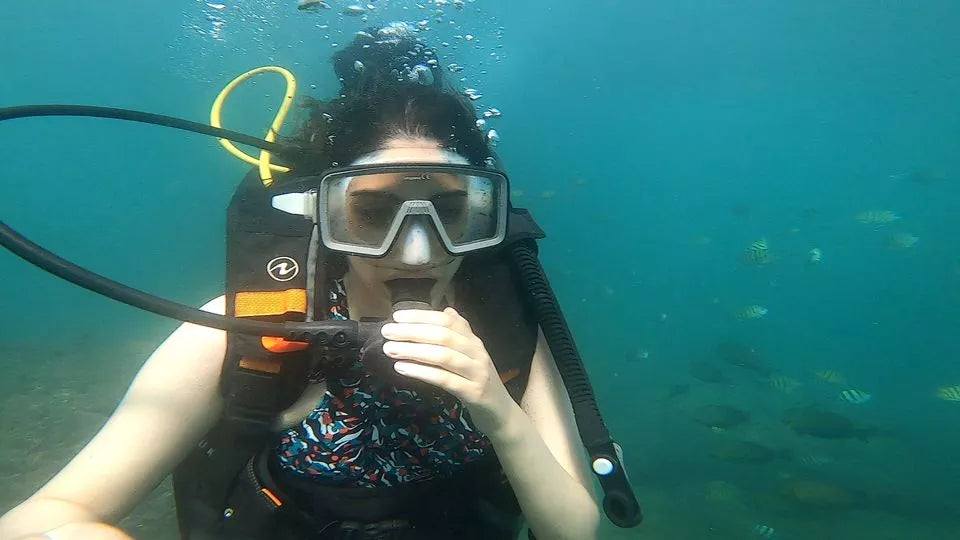
A 1L water tank usually indicates its water capacity. The actual gas storage volume needs to be combined with the working pressure (commonly 200bar), which contains about 200L of gas at standard at...

How to prevent tank moisture techniques
Preventing moisture in the water tank can be done as follows: Store in an environment with humidity below 40%-60% (over 70% easily leads to mildew). Open windows or turn on exhaust fans 3 times a d...

How high is the water tank temperature
The first warning threshold is usually set at 65℃at this point, the water tank's heat dissipation efficiency has dropped by 15%-20% (normal operation is mostly at 40-50℃), possibly due to scaling i...

How to dive with mini tank safely
A common 12-liter capacity, 200-bar pressure aluminum mini tank only supports about 15-20 minutes of underwater breathing (at a depth of 5 meters). If descending to 10 meters, gas consumption doubl...

How to pack snorkel gear for travel
When packing snorkeling gear for travel, you can first wrap the mask that has been applied with toothpaste for anti-fogging 20 minutes in advance and rinsed clean in a soft cloth to prevent the len...

How often should you replace snorkel gear
It is recommended to check the elasticity every 6-12 months.it is recommended to replace a new mouthpiece every 3-6 months. High-frequency users (more than 3 times a week) need to check them around...